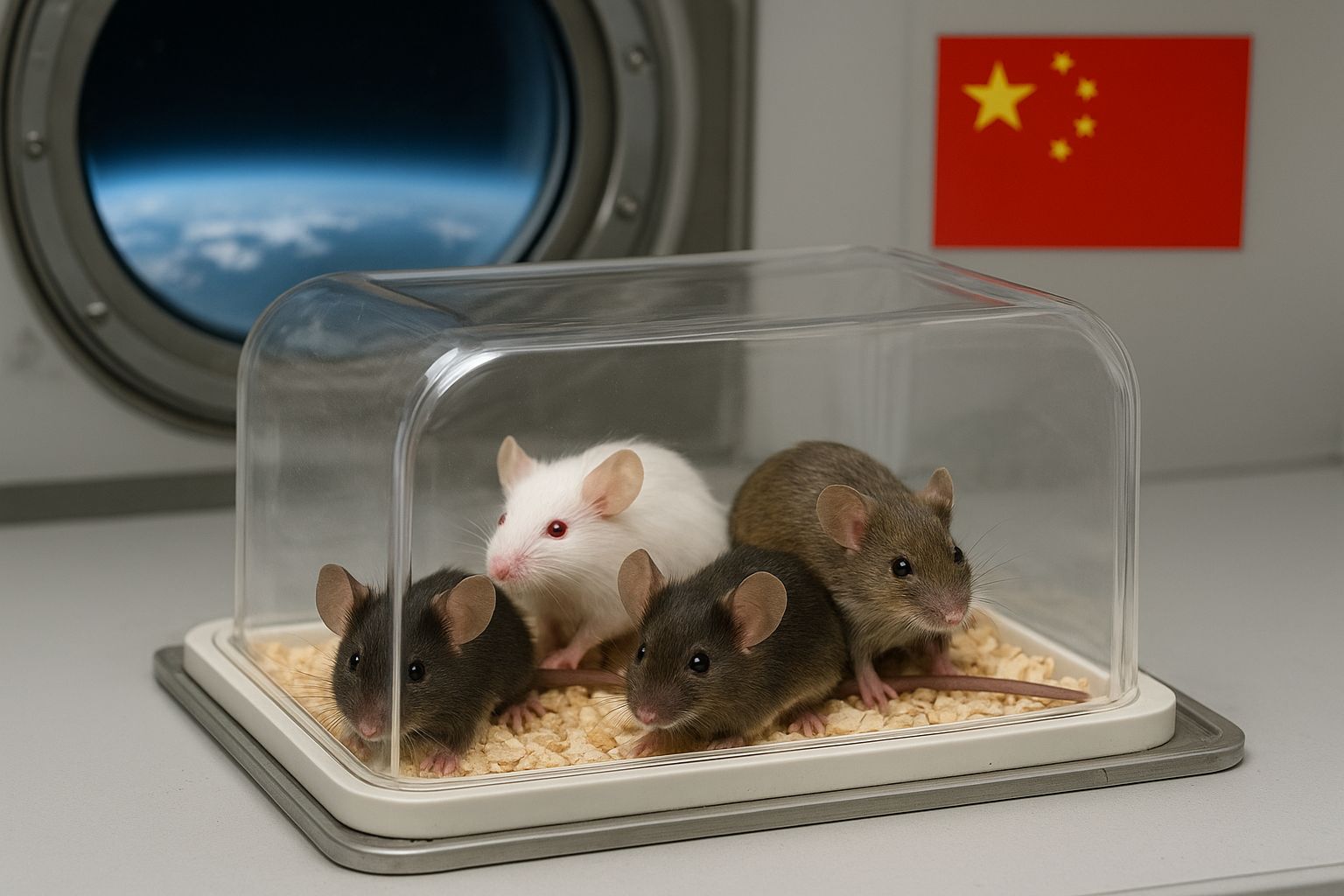Today in things that keep Elon Musk up at night — robots!
As with Artificial Intelligence, the field of robotics presents a technological arms race in which China is keen to gain an edge. CNBC reports:
In addition to the Made in China 2025 plan, the government has also released the Robotics Industry Development Plan, a five-year plan to rapidly expand the country’s industrial robotics sector. By 2020, China wants to be able to manufacture at least 100,000 industrial robots annually. The country is racing full steam ahead to a robot-powered future in a push to not only remake its own economy but also to transform into the world’s robot capital — overtaking Japan, Germany and the United States in the process.
That’s three years away! The CNBC article notes that currently most of the robots in China are not made in China, but the country aims to make it an even 50% split between domestic and foreign robots by 2020, and — a familiar refrain — is willing to spend frantically to get there. CNBC continues, quoting MIT robotics researcher Matthew Beane:
Producing robots in-house, so to speak, is where China is looking to outpace America. Beane noted that China has “never had this character of deliberately going toe-to-toe with another global power.” But what they do have is a desire to look toward the future by investing billions of dollars in robotics and complementary technologies, like artificial intelligence, in order to not rely on other nations to outfit their factories.
“China will throw tons of money toward [robotics] that we will not,” Beane said. “They’re looking to play a long game where, through steady investment, they make it less and less likely that countries that act impulsively can catch up.”
Factory vs Service Robots

Now, the robots that CNBC is talking about are mainly the ones above, the factory-job-stealing type of robot such as those produced by Kuka AG, a German robotics company that was acquired by Chinese appliance maker Midea in a multi-billion dollar deal last year. When it comes to heavy government spending, it’s usually these kind of infrastructural, top-down technologies that get the investment money. But some of the most interesting advances in robotics in China today are happening in the startup sector, with consumer- and service-oriented robots that are often imbued with some kind of AI brain and thus much closer to the Muskian “killer robots that’ll end us all” model that’s making the rounds in the press of late.
Take this lil’ guy, for example: the Domgy, by Beijing robotics and AI company Roobo. While it might look at first glance like a crappy ripoff of that Sony dog robot that was so big in the early 2000s, there’s a lot more going on in Domgy’s dome. Roobo’s core product is an artificial intelligence operating system that can be tailored to operate across a suite of service robots. Their robotics arm exists pretty much only to demonstrate use cases for their AI system, like this dog robot, which can mimic human emotions (cool?) and run facial recognition software to alert you via text if an intruder enters the house when you’re out.
This might seem kind of trivial and niche, but Roobo just raised 350 million yuan (over 53 million USD) to take a deeper dive into their AI chipset in a B-round investment (link in Chinese) that also sees Xiong Minghua, former CTO of internet behemoth Tencent, coming on as chairman.
Roobo’s core technology is more of a behind-the-scenes operating system aimed at enterprises, but more directly consumer-facing robotics companies in China are also successfully raising fistfuls of cash, often directly from customers via crowdfunding campaigns. This guy, the Alpha2 by Shenzhen robotics company UBTech, raised over a million on Indiegogo last January:
And you might remember the Hexa, a spider-like robot that can climb stairs and lift things and comes with a fully programmable software development kit. Wrote about that at the beginning of its modest $100,000 Kickstarter bid; it’s now doubled its fundraising goal, with just under a week left to burn. (Check back on Radii early next week for an interview with Vincross, the Beijing robotics company behind Hexa.)
 Here’s the Coolest/Creepiest Spider Robot You’ll See TodayArticle Aug 18, 2017
Here’s the Coolest/Creepiest Spider Robot You’ll See TodayArticle Aug 18, 2017
And there are more, like Suzhou-based company Ecovacs, which makes a Roomba-like vacuum robot, as well as the Winbot for your windows, and the Atmobot, which roams your flat looking for airborne pollutants (admittedly, maybe more of a China Problems thing):
You might not associate the Segway with robots, but the company behind the transportation device was acquired by Beijing company Ninebot in 2015, and they’ve since Voltron’d up with smartphone and appliance manufacturer Xiaomi to create these things, which are f*ckin everywhere in Beijing now:
So, in conclusion, the robots are coming! And by 2020 many of them will be Chinese-made. But don’t take my word for it! Here’s television’s Mark Cuban on the subject:
In an open letter to President Donald Trump last December, he said the United States should invest $100 billion into the robotics industry in order to compete with China.
“We have to win the robotics race. We are not even close right now,” Cuban wrote.
Related:
 AI Builds Up in China, Divides US Tech TitansArticle Jul 27, 2017
AI Builds Up in China, Divides US Tech TitansArticle Jul 27, 2017
















